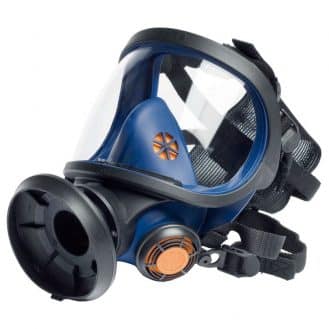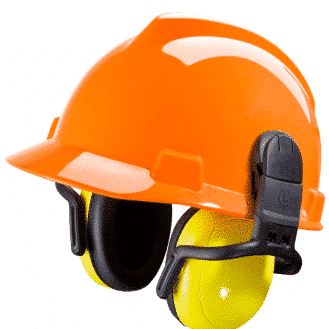There are three main criteria for choosing a welding mask:

SINCOSALD self-darkening welding mask
Tint level
It’s important to consider the tint level. The various models of helmets/masks offer a wide range of tint settings, adapted to the welding current value. The wider and more precise this adjustment range, the more you can use different current levels, which translates into optimum protection, whether in terms of welding intensity or welding method.
The tint level setting for automatic welding masks may vary depending on the model. A higher value provides effective protection, even when welding at currents over 350A.
The welding method
Your choice of welding mask also depends on the welding method. If you plan to use the MIG/MAG or MMA methods, an auto-darkening mask with two sensors and an adjustable darkening level will be sufficient. On the other hand, if you plan to weld using the TIG method, it is advisable to choose a welding mask that offers clear visibility and rapid darkening to protect the eyes from intense light arcs.
Welding frequency
Your choice of mask should also take into account the nature of your work. If you do occasional welding, there’s no need to invest in expensive, professional equipment.






